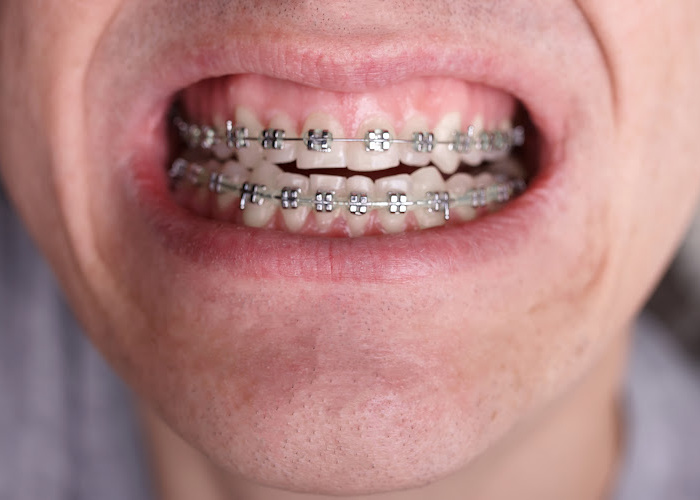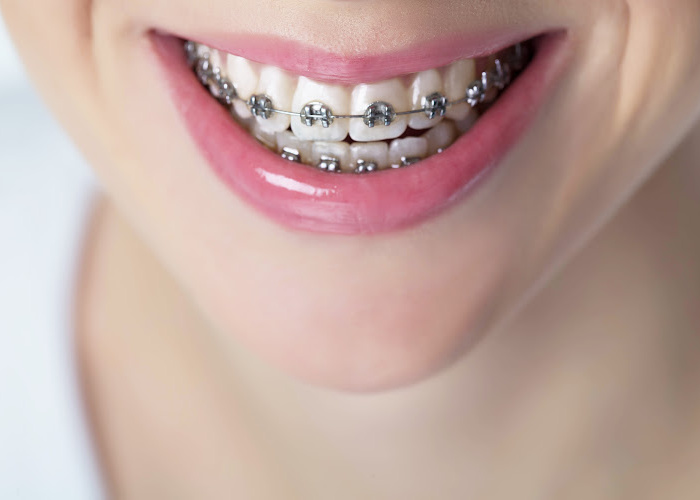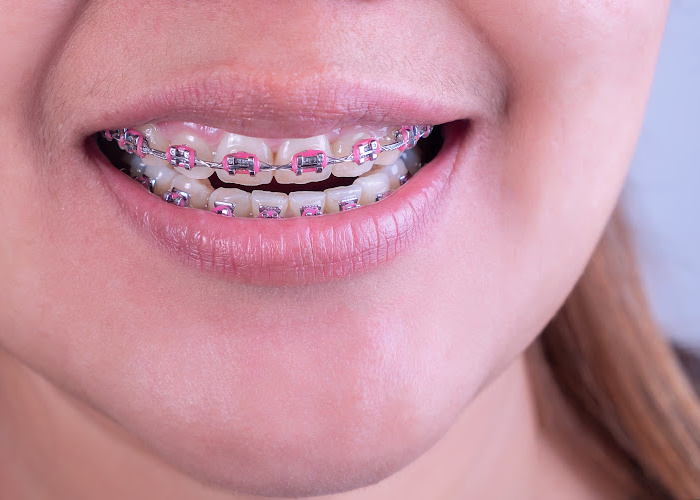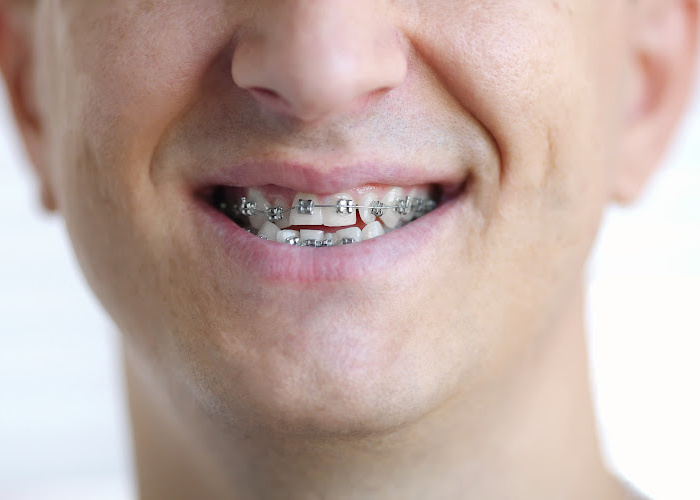Are you planning a trip and wondering about the Heathrow drop off fee and parking…

How Much Are Braces UK? NHS Eligibility & Private Orthodontic Costs
If you’re considering improving your smile with braces, you might be wondering, “How Much do Braces Cost in the UK?” The answer isn’t as simple as a single number. The cost can vary widely, influenced by several factors.
This guide will break down the prices for different types of braces, such as metal braces, ceramic, lingual, and clear aligners. It will also highlight the elements that can influence these costs.
Whether you’re looking at standard NHS options or considering private treatment, it’s important to know what kind of investment you’ll need for your orthodontic treatment.
Key Takeaways
- Brace Types and Costs: The blog post provides a detailed breakdown of the costs for different types of braces in the UK, including metal braces, clear aligners, ceramic braces, and lingual braces.
- Factors Influencing Cost: The cost of braces can vary based on the complexity of the case, duration of treatment, and location of the dental clinic.
- NHS vs Private Treatment: The post compares the benefits and limitations of NHS orthodontic treatment and private treatment, highlighting eligibility criteria, types of braces covered, and additional costs and considerations.
Types of Braces and Their Costs in the UK
When it comes to braces, there’s a wide range to choose from, and the cost can vary significantly. Whether you’re considering traditional braces, invisible braces, or modern clear aligners, each type has its own price range, influenced by several factors:
- The complexity of your case
- The location of your clinic
- The duration of your treatment
- Any additional procedures or treatments required
It’s crucial to have a consultation with an orthodontist to determine the best type of braces for your needs and to get an accurate cost estimate. Now, let’s break down the cost of each type of brace.
Metal Braces
First up, metal braces. These are the traditional braces that many of us are familiar with. They’re a common choice for orthodontic treatment, particularly among younger patients due to their effectiveness and affordability. In the UK, the cost of metal braces typically ranges from £2,500 to £5,500, averaging around £3,500. The total cost of treatment with metal braces remains constant, regardless of whether the braces are worn for 9 months or the full 18 months.
Clear Aligners
If metal braces aren’t for you, then clear aligners might be a good fit. Brands like Invisalign have transformed orthodontic treatment by offering a discreet alternative to traditional braces. The cost of Invisalign treatment in the UK varies, with prices starting from £1,500 and potentially exceeding £5,000.
The final cost is influenced by the complexity of the case, treatment duration, and the number of aligner trays required. Plus, Invisalign treatment packages typically cover all appointments, adjustments, aftercare retainers, and may even include additional perks like tooth whitening or composite bonding.
Ceramic Braces
Ceramic braces are another excellent option for those looking to straighten their teeth without the metallic look. These braces are designed to blend in with the colour of your teeth, making them less noticeable than their metal counterparts. In the UK, the cost of ceramic braces can range from £1,500 to £4,000, depending on the chosen type and brand. However, the higher cost comes with the benefit of advanced materials and aesthetic advantages.
Lingual Braces
Finally, we have lingual braces. These braces are unique because they are fixed behind the teeth, making them invisible when you smile or talk. They are the most discreet option available, but this comes with a higher price tag. The average cost of lingual braces in the UK can range from £3,500 to £10,500, generally averaging around £6,500 for a full treatment.
Factors Influencing the Cost of Orthodontic Treatment
You might be wondering why there’s such a wide range in the pricing of braces. The cost of orthodontic treatment isn’t a one-size-fits-all scenario. It can be influenced by several factors, including the complexity of your case, duration of treatment, and even the location of your dental clinic.
Complexity of the Case
The complexity of your orthodontic case plays a significant role in determining the cost of your braces. More complex cases require a longer treatment period and additional maintenance, leading to an increase in overall costs. For instance, in London, lingual braces costs can range from £2,000 to £3,000 for simple orthodontic cases and soar to between £6,000 to £10,000 for highly complex situations.
Duration of Treatment
The duration of your orthodontic treatment also has a direct impact on the overall cost. Longer treatment durations result in higher costs due to the need for more frequent dental visits for adjustments and for more sets of aligners. For example, severe cases of dental misalignment can require treatment times of up to 18 months for metal braces, which can significantly increase overall expenses. Fixed braces are often necessary in these situations, especially when gum disease or tooth decay is a concern.
Location of the Dental Clinic
The geographic location of your dental clinic is another crucial factor that can influence the cost of your braces. Brace treatments in larger cities such as London tend to be more expensive due to higher overhead costs for dental practices. However, some orthodontic practices may offer consistent pricing for braces regardless of the clinic’s location within a certain region, so it’s always worth shopping around for the best deal.
NHS Orthodontic Treatment: Eligibility and Costs
The National Health Service (NHS) in the UK provides free orthodontic treatment for young people deemed necessary for dental health. However, the scope of the NHS orthodontic treatment is limited, and the eligibility criteria are stringent. Adults seeking orthodontic treatment under NHS will find it a rarity and typically only available for specific health reasons.
Eligibility Criteria
The NHS orthodontic treatment is only available to those with a medical necessity for braces, which is determined by the Index of Orthodontic Treatment Need (IOTN). The IOTN grading ranges from 1 to 5, with grades 4 and 5, or a Grade 3 with an aesthetic score of 6 or above, qualifying for NHS orthodontic treatment.
Children under 18 may be eligible for a free NHS orthodontic assessment, and adults may be eligible, but only on a case-by-case basis and if the treatment is necessitated by health reasons.
Types of Braces Covered
The NHS provides metal braces as the standard orthodontic treatment for individuals under 18. While the NHS does not cover the cost of alternative types of braces, such as clear ceramic braces, they can be obtained through private treatment. This means that if you are eligible for the NHS orthodontic treatment, your choices are limited to metal braces.
Additional Costs and Considerations
While NHS orthodontic treatment in the UK is available at no cost for individuals under the age of 18 when a dentist deems it necessary, patients may face long waiting lists, approximately three to five years, due to high demand and limited funding. Further, while orthodontic treatment for adults is typically not covered by the NHS, exceptions are made on a case-by-case basis for specific health reasons.
Private Treatment
While the NHS does provide orthodontic treatment, there are several advantages to private orthodontic treatment. From a wider selection of brace types to shorter waiting times and more flexible appointments, private treatment offers a range of benefits. Here are a few:
Variety of Options
Private treatment offers a wider selection of brace types. Whether you prefer the traditional metal braces, clear aligners, or invisible braces, private treatment has you covered. This means you can choose the type of braces that best suit your lifestyle and aesthetic preferences.
Shorter Waiting Times
With private treatment, you can start your orthodontic journey almost immediately after your consultation. This is a stark contrast to the NHS treatment, where patients may face long waiting lists due to high demand and limited funding.
Flexible Appointments
Private treatment often offers more flexible appointment times, making it easier to fit your orthodontic appointments into your busy schedule. This is particularly beneficial for adults and working professionals.
Payment Options
Private orthodontic treatments often come with various payment options. These can range from upfront payments to monthly instalments, making it easier to manage the cost of treatment. Some clinics even offer interest-free payment plans.
Final Thoughts
Understanding all the options for orthodontic treatment can be complex, but with the right information, you can make a decision that suits your needs and budget. The cost of braces in the UK varies, influenced by factors such as the complexity of your case, the duration of treatment, and the location of your clinic.
Whether you choose NHS or private treatment, improving your smile is more than just an aesthetic decision. It’s about enhancing your oral health and boosting your self-confidence.
So, take your time, do your research, and consult with a professional orthodontist. Your smile is an important investment. The aim is to find a treatment plan that is effective and affordable for you.







